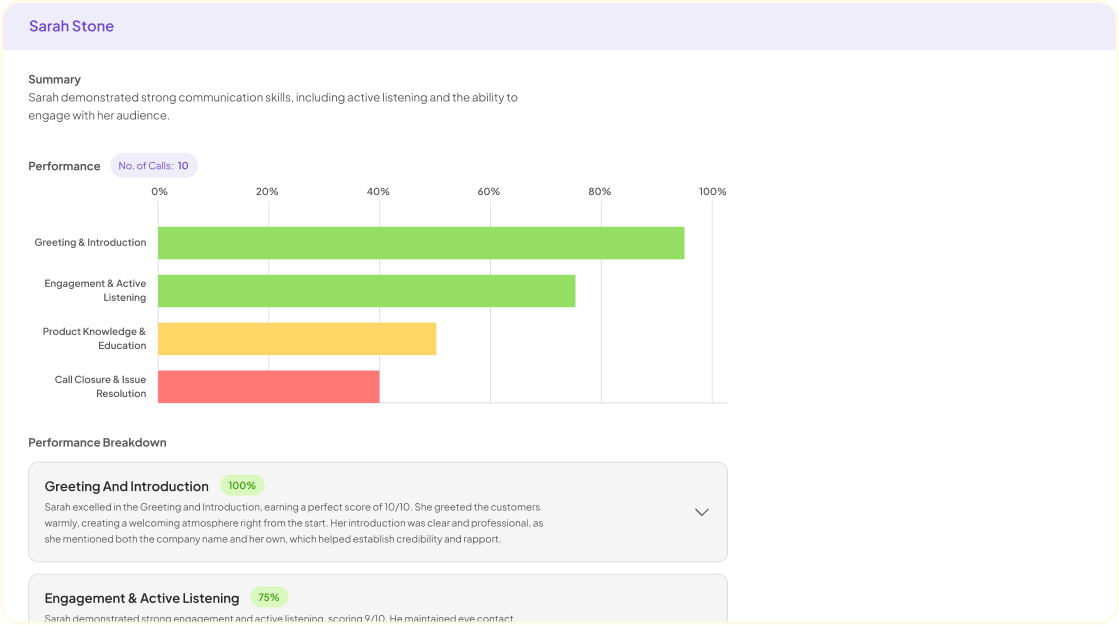
Imagine diving into a dark hole without knowing the depth, or attempting to paint a masterpiece blindfolded. That’s what launching a B2B startup without customer discovery is.
In the B2B industry, building a successful startup hinges on one critical factor: understanding your customers. Launching a product or service based on assumptions or gut feeling is a recipe for disaster. Therefore, B2B startups must embark on a rigorous customer discovery process, gathering data-driven insights that guide product development, marketing strategies, and ultimately, business success.
When starting a business, it is essential to build a foundation of customer trust and rapport. This process, known as customer discovery, helps B2B startups understand their target market and build a product or service that will best address customer needs.
Before pouring resources into product development and marketing campaigns, embarking on a customer discovery process is essential. By uncovering the true pain points, motivations, and decision-making factors of your target market, you unlock the key to a product-market fit that resonates.
What is customer discovery?
Customer discovery is an initial process of understanding customers’ situations, needs, and priorities in order to develop or improve a product or service. This process is usually conducted during the early stages of development and involves a combination of interviews, surveys, and experimentation.
Customers are at the heart of this process, as they serve as a guide during each step of the development process and help shape the product that will eventually be sold.
Customer discovery starts with understanding customers’ pain points. When you know what your customers want, you can create a product or offer a service that answers their needs and helps grow your business. To truly understand your customers’ needs, it’s important to get outside input from your staff and stakeholders. Ask them what problems they’ve experienced with your current products/services or what new needs have emerged in their current roles.
It is also important to regularly solicit feedback from your customers by surveying them about their needs and suggestions for improvement. Once you’ve identified your customers’ needs, the next step is to create your product offering to meet those needs. This step involves more than just identifying a list of features; you also need to consider factors such as how the product/service will be priced and marketed in order to generate interest among potential customers.
With proper customer discovery, you’ll be able to create a product that meets your customers’ needs and improves your business performance and profitability.
Why is Customer Discovery Important for B2B Startups?
Statistics speak volumes:
- 42% of startups fail due to a lack of market need, highlighting the criticality of aligning your solution with actual problems faced by your target audience (CB Insights).
- Customer-centric companies are 60% more profitable than their peers who prioritize internal needs. This underscores the financial benefit of building products that customers truly value. (Deloitte).
- Only 8% of B2B product launches achieve their initial goals. (Bain & Company)
These figures paint a stark picture of a need for customer discovery. Without a deep understanding of your target audience’s needs and challenges, you’re building in the dark. Customer discovery bridges this gap, allowing you to:
- Validate your business idea: Is there a real market for your solution? What are the true pain points it addresses? Are you solving a real problem for a specific customer segment?
- Refine your target audience: Who are your ideal customers? What are their specific needs and challenges?
- Shape your roadmap and product development: What features and functionalities resonate most with your target audience?
- Craft compelling messaging: How can you communicate the value proposition that resonates with your target market?
- Reduce development risks: By building based on validated needs, you minimize the risk of costly product iterations.
- Identify early adopters: Who are the potential customers most likely to champion your product?
The Essential Customer Discovery Process
Customer discovery is an iterative journey, not a one-time event. Here’s a framework to guide your process:
- Define your initial hypothesis: What problem are you solving, and for whom? This forms the basis for your initial research.
- Gather quantitative data:
- Industry reports and market research: Gain insights into market trends, competitor positioning, and customer demographics.
- Surveys and polls: Collect insights from a broader audience on pain points, preferences, and buying habits.
- Conduct qualitative research:
- Customer interviews: Deep dive into the experiences, challenges, and decision-making processes of your target audience.
- User testing: Observe how potential customers interact with your product or prototype.
- Analyze and synthesize data:
- Identify recurring themes, patterns, and pain points across different data sources.
- Segment your target audience based on shared characteristics and needs.
- Refine your hypothesis and iterate:
- Based on your findings, refine your initial assumptions about the problem, target audience, and product offering.
- Continuously test and refine your understanding through further research and feedback loops.
How to conduct customer discovery for B2B startups
Conducting customer research entails working through large amounts of data which can be a daunting process. Luckily for startups, AI can be a helpful tool in automating and simplifying the process. This is why smart teams use AI-powered B2B customer discover tools like Insight7 to automate the customer discovery process. It acts as a central hub, unifying disparate data sources like surveys, customer interviews, and CRM systems. It also analyzes this data and extracts actionable insights to help in your research process.
Like a few AI tools, Insight7 helps you:
- Create dynamic customer segments: Group your audience based on specific criteria, enabling targeted research and messaging.
- Gain deeper customer insights: Analyze behavioral data and qualitative feedback to understand motivations and pain points.
- Identify buying signals: Predict customer behavior and anticipate purchase intent.
- Optimize your marketing campaigns: Personalize messaging and target the right audience with the right solution.
If you want to summarize and analyze your research data and store it in central repository to make it accessible to the team, then check out Insight7
Customer discovery is a step in the Customer Development Model, a framework for building businesses by gaining a deep understanding of customers, their needs, and their expectations.
In this model, customer discovery is the phase in which you gather ideas, feedback, and insights in order to develop a product or offer a service that meets your customers’ expectations. There are four steps in the customer development process — customer discovery, customer validation, customer creation, and company building.
Customer Discovery is the first step in the process.
Let’s take a closer look customer discovery process (CDP) which contributes to a successful customer experience.
Stages in the customer discovery process
Stage 1 of the CDP: Context
In CDP, the first step is to identify and understand customer contexts, which refer to the customer’s background, environment, goals, and interests. It also includes questions about the customer’s current relationship with his or her organization and its competitors, as well as prior experiences with similar products/services.
To gather information about a customer’s context, most companies start with an interview where representatives ask questions and gather relevant details about the customer.
Stage 2 of the CDP: Demographic characteristics
The second stage of the CDP is to collect demographic information, such as age, gender, marital status, education level, annual income, and occupation. This data helps companies understand how to target their customer base and develop appropriate marketing strategies.
For example, a company selling accounting software might target prospective customers based on their demographics (i.e., female business owners aged 25-40 with annual incomes of $50,000-75,000). Target marketing involves identifying which customers to target, based on their demographics and psychographics.
In consumer marketing, psychographics refers to an individual’s personality characteristics and values, while demographics refer to a person’s age, gender, and other quantitative attributes.
Stage 3 of the CDP: Needs assessment
Once the company understands the customer’s context, it moves on to conducting a needs assessment by interviewing customers and potential customers about their specific needs and pain points. This stage helps companies identify what the consumer wants and enables the company to narrow down their target market.
A customer persona is typically developed at this stage to help organize and summarize the information gathered during the needs assessment process. The CDP identifies specific consumer pain points that need to be resolved.
“Persona” is a marketing term for a stereotypical customer based on research and interviews. These personas are used to target certain groups of consumers for a product or service. To create a persona, start by identifying your target audience. Then find people who have a similar background to your customer base and interview them to find out how they view your product or service and how it solves their problems.
Finally, write down what you learn and incorporate it into your customer persona.
The “Persona” stage is used to identify the customer’s pain points and needs. The information gathered during the persona stage is used to create customer personas.
This information can then be used to create a message that will resonate with each customer segment and identify where to target marketing efforts and resources.
Stage 4 of the CDP: Identify market opportunity
Once the needs are clearly defined, the opportunity is identified and then exploited through innovation or acquisition.
Conclusion
Building a successful B2B startup hinges on understanding the intricate dynamics of your target market. By meticulously undertaking customer discovery, you transform assumptions into data-driven insights, paving the way for a product that resonates deeply with your ideal customers. Remember, customer discovery is a continuous journey, and platforms like Insight7 become valuable tools in navigating this critical process. By prioritizing a customer-centric approach, you unlock the door to a thriving B2B venture that solves real problems and delivers tangible value.


